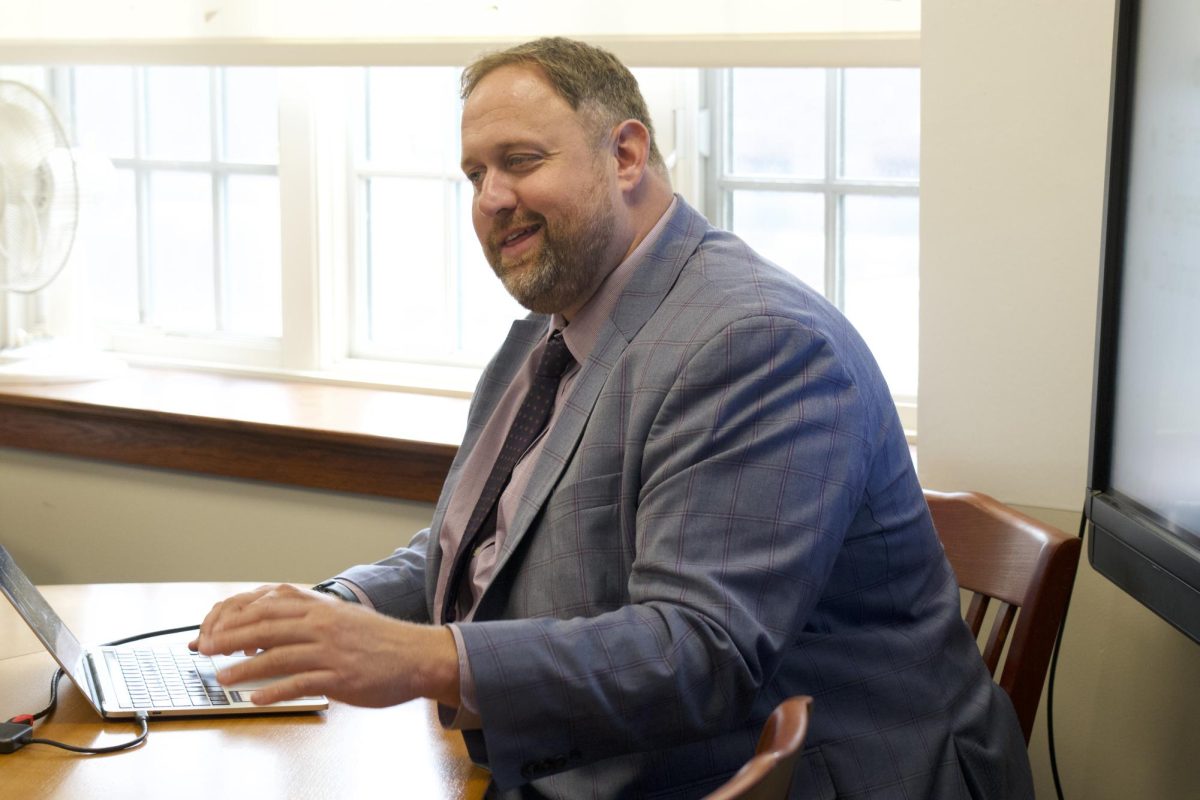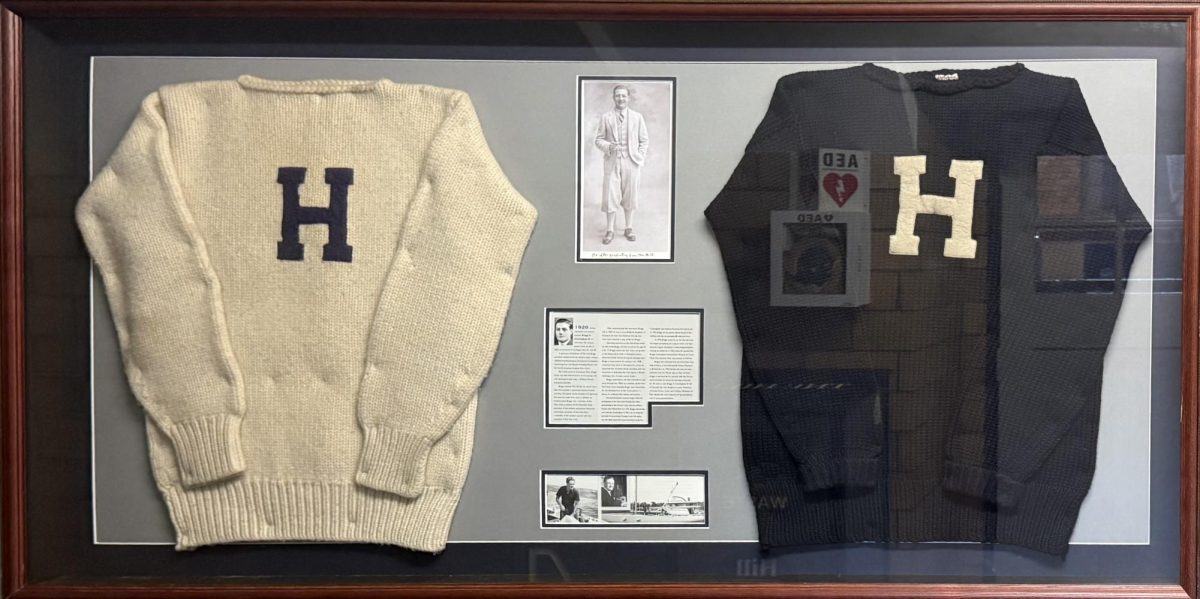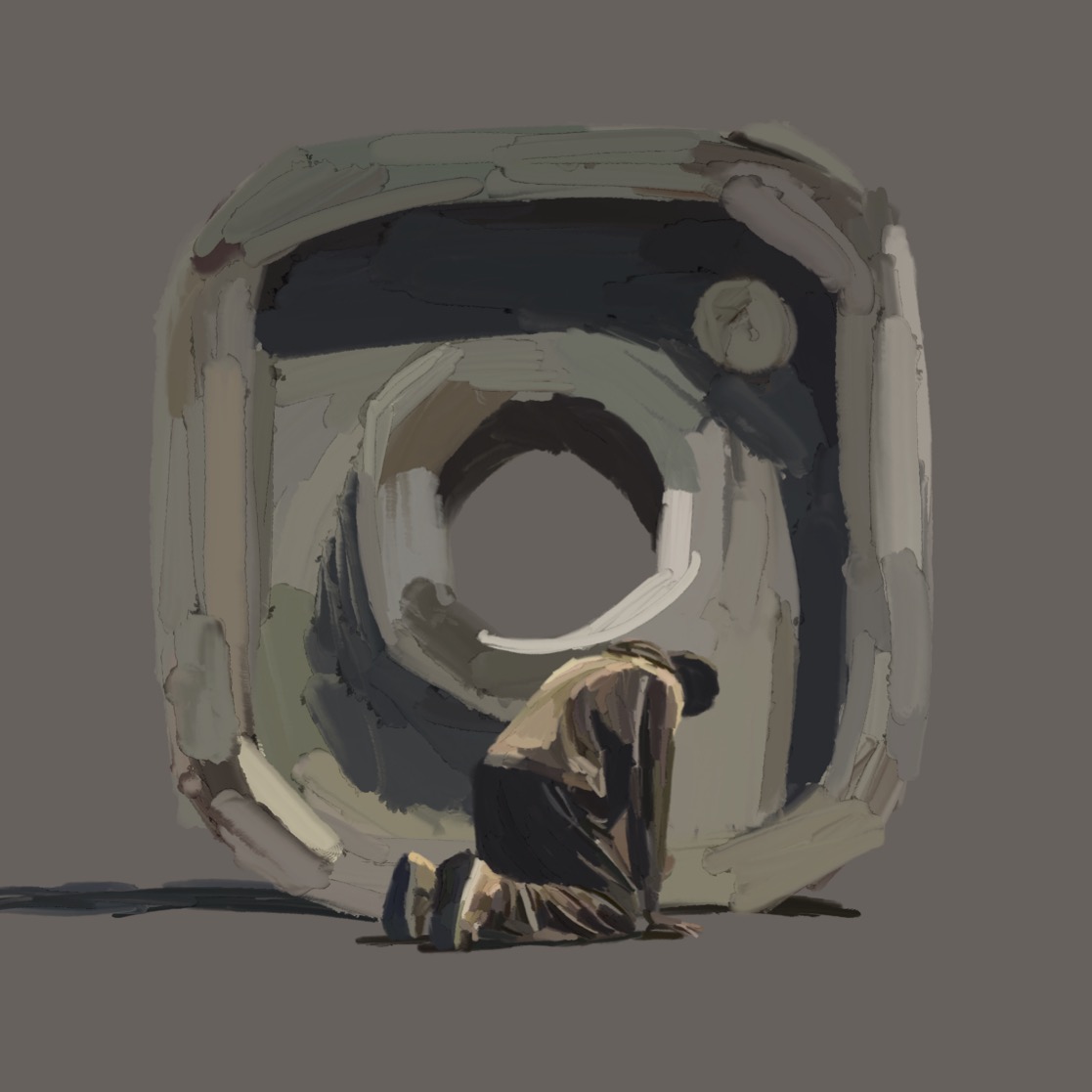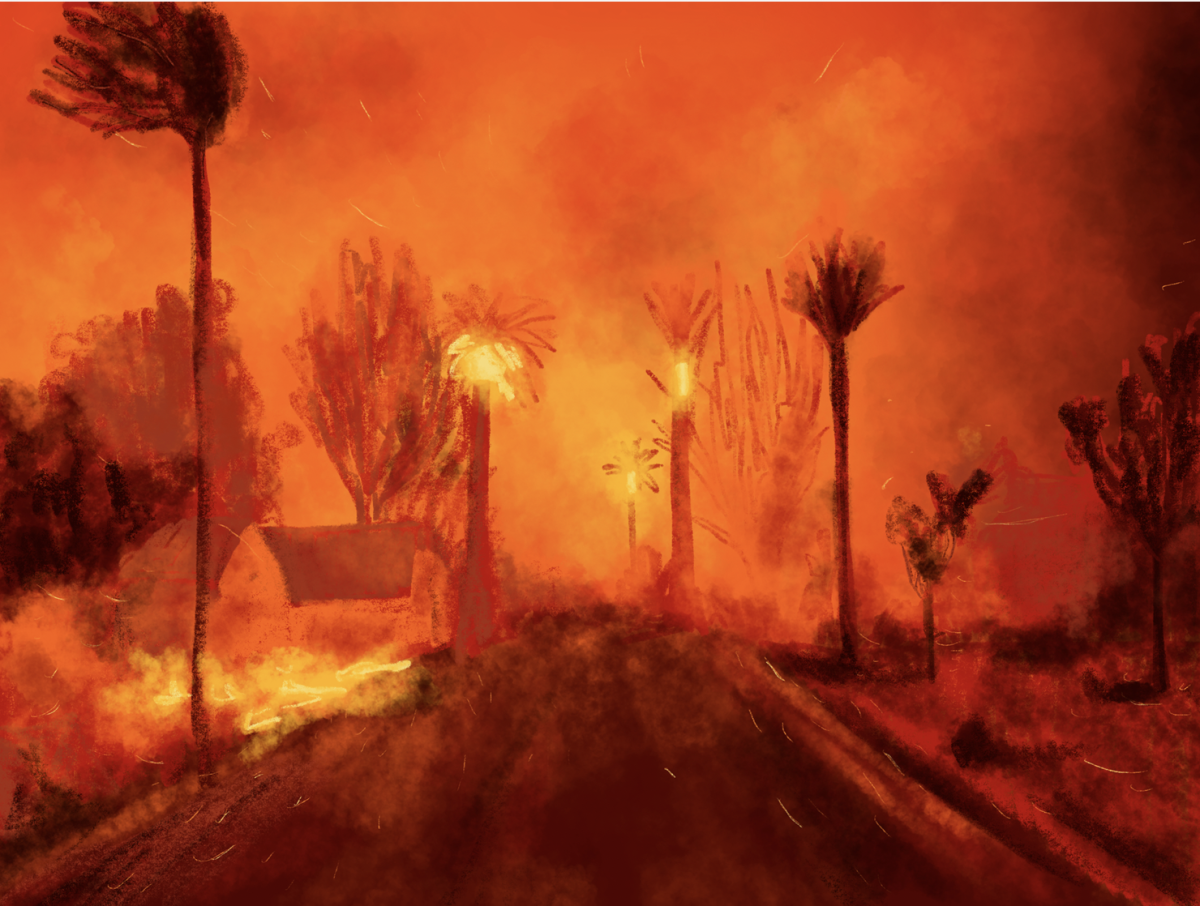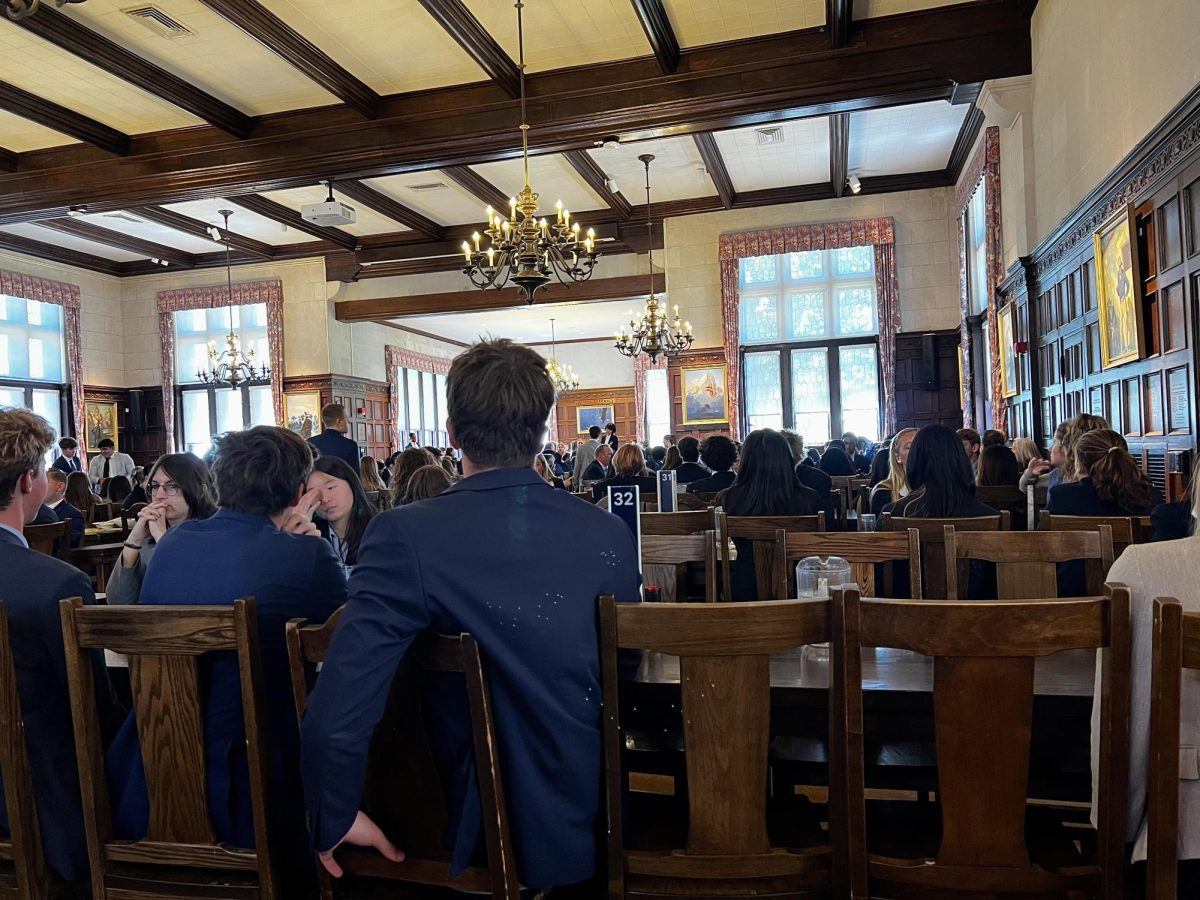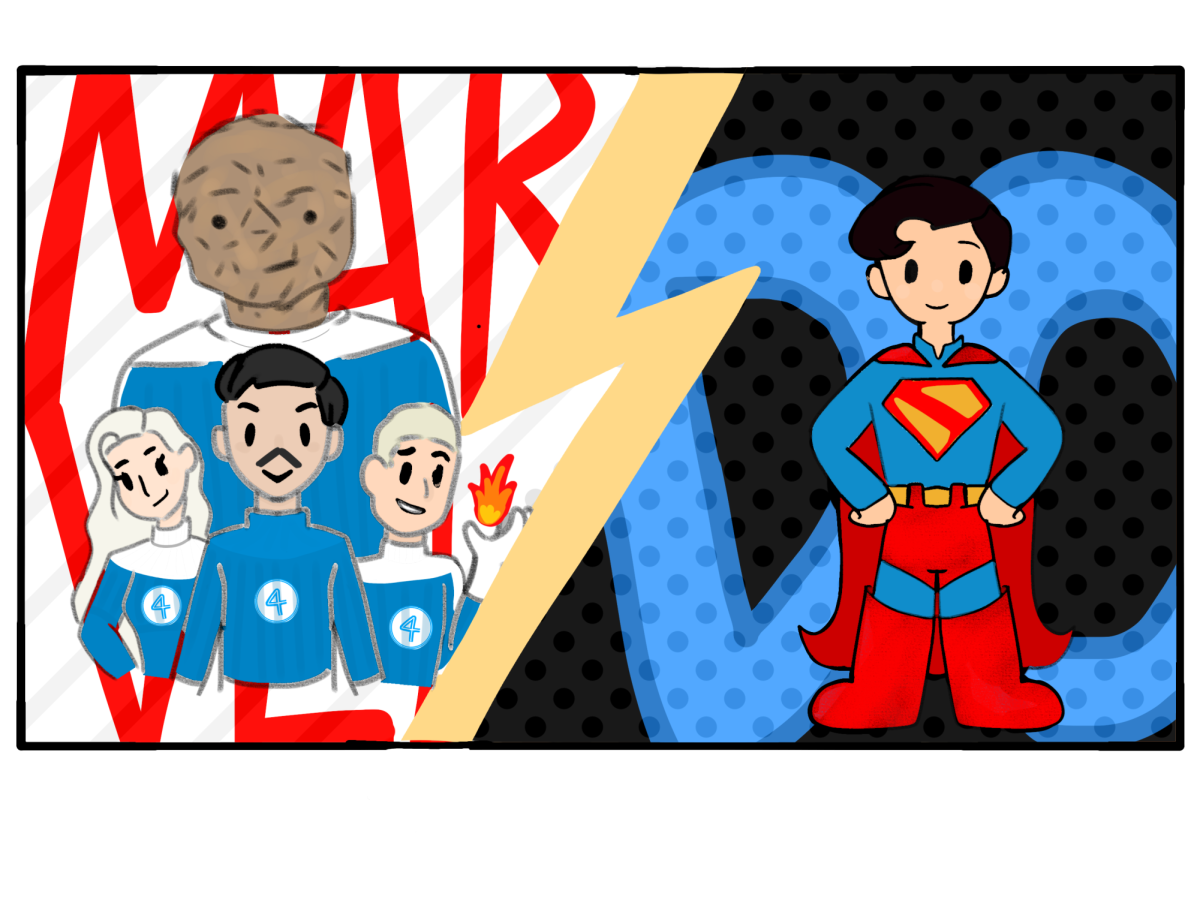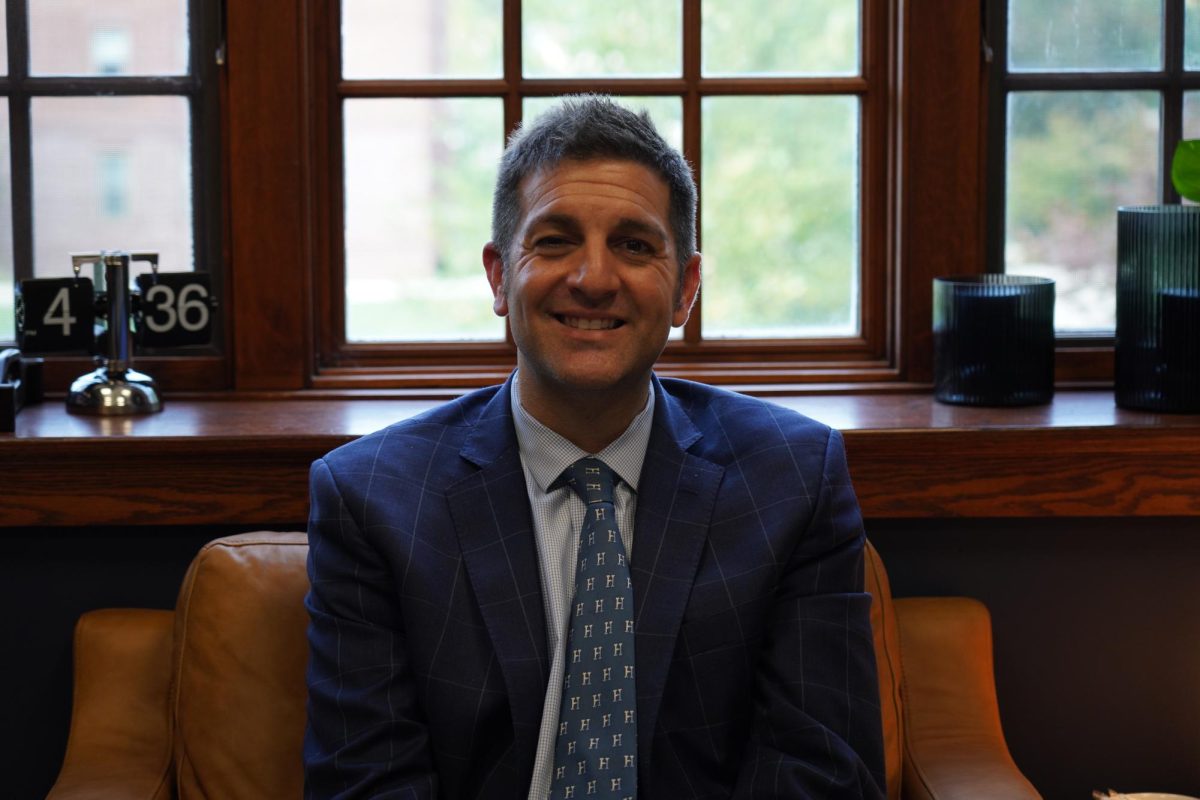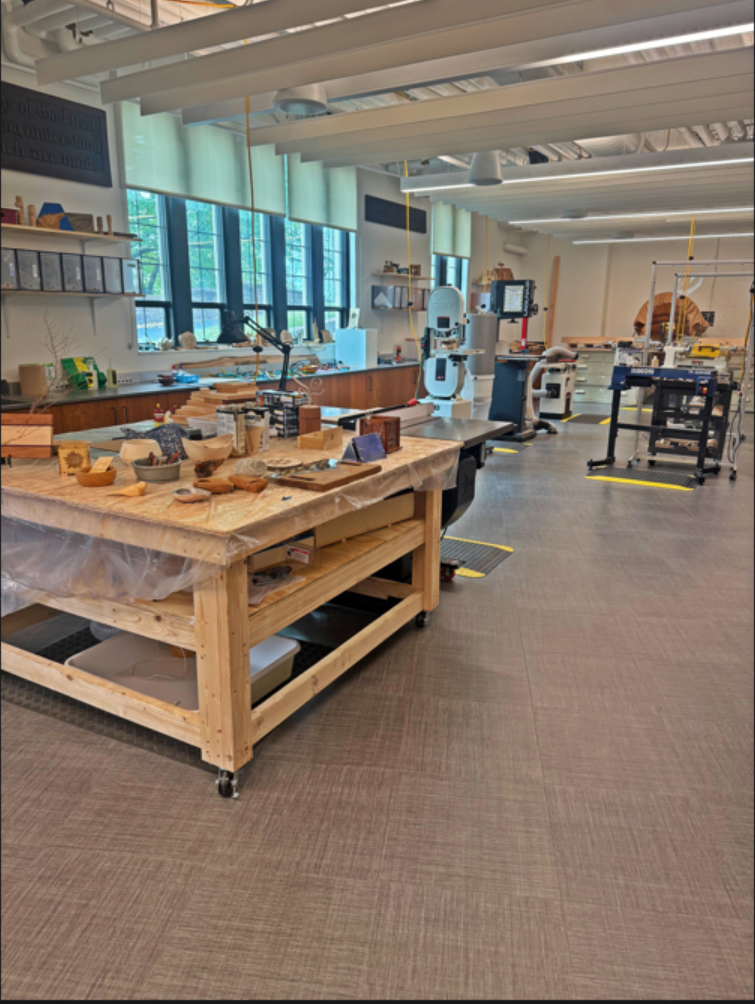The Shirley Quadrivium is a transformational facility where the four academic disciplines of STEM (Science, Technology, Engineering, and Mathematics) intersect. What few know is that the woodworking studio, located in the CFTA for a time, has a historical significance tied to the unique story of the Shirley Quadrivium.
Woodworking, for many Hill students, is more than just an art. It is a restorative course that departs from the conventional nature of a classroom that produces exceptional and singular pieces that fill our homes: charcuterie boards, pens, spoons, sculptures, shelves, tables. Its return to the Quadrivium, which was once the arts and crafts building before the completion of the CFTA, has captivated students and teachers alike, reigniting the community’s interest in the art.
Athey Family Master Teacher of Arts Diane Deery, a fifteen-year member of Hill’s faculty in her fifth year as a woodworking instructor, expressed her joy and excitement at the relocation.
“I’m honored to be back in the Widener Arts and Crafts building where woodworking once thrived. This space holds cherished memories for many Hill alumni,” said Deery.
Despite the increasing rate of modernization across the world, notable figures such as Mr. Karl Paconovsky, a 25-year member of Hill’s faculty from 1944 to 1972, cultivated a community-wide love for the beauty of woodworking and meticulously preserved the drafting tables and patina of woodworking. Each worn surface carves a different story. It is the brilliant tradition of enthusiasm for craftsmanship, passed down through generations, that continues to foster growth and joy on Hill’s campus.
Today, students feel that they are privileged to have such an enriching experience during their time at Hill. Jack Gomez ’27, an award-winning woodworking student, shared that his experience was ineffable.
“I am amazed that I have learned so many skills and techniques that shape my ideas into reality,” Gomez said. “I would like to express gratitude to Ms. Deery for her affectionate mentorship. Without her, I would not be able to achieve as much as I have.”
Likewise, Ben Lee ’27, who first entered the woodshop two years ago, describes woodworking as a life-changing shift in perspective.
“I find the class to be relaxing,” Lee said. “I enjoyed building hands-on projects that I still utilize today, such as chisels and charcuterie boards. I realized how woodworking’s iterative prototyping process has practical applications in engineering design.”
Deery feels that crafting a miniature is like creating a piece of a puzzle. Reflecting on her time as a woodworking teacher, she finds it incredible to watch students “challenge themselves, solve problems, and be fully present.”
“They support one another, learn from mistakes, and grow in confidence in a safe and encouraging way,” said Deery.
Amid skyrocketing technology use in education, woodworking remains a constant presence woven into the fabric of Hill’s rich 175-year history. Its legacy, like the wood medium, hardly fades. Crafting fuels innovation and artistry, connecting current students to more than a century of tradition.

